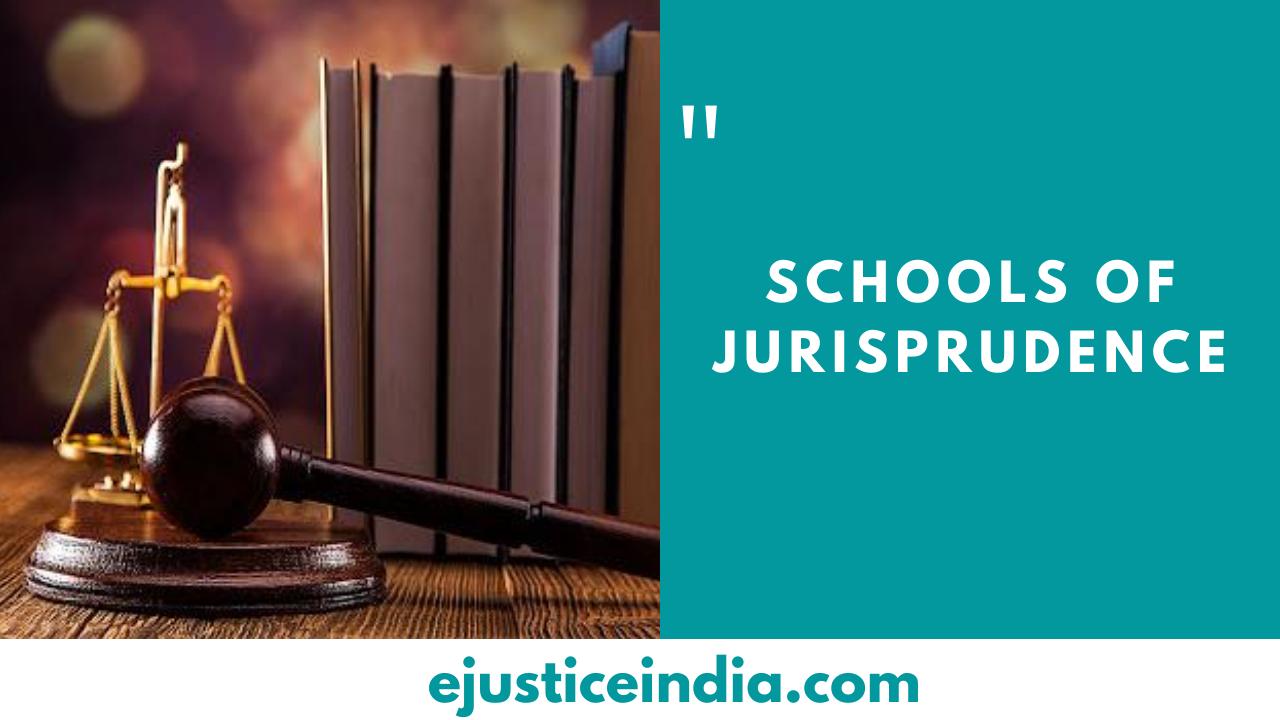The State Judiciary – The High Court under Indian Constitution
Author: Ruzela Da Cruz
Introduction
The Judiciary is a very vital and indispensable organ of the Indian State. It plays an important role as the interpreter and guardian of the Indian Constitution. Besides, the judiciary also acts as the custodian of the rights of the people and plays an eminent role in the administration of justice. To ensure that a democracy functions effectively, it is imperative that the Judiciary needs to be independent and impartial.
The Indian Judicial system constitutes a hierarchy of courts. At the topmost level of the hierarchy is the Supreme Court which is the apex Court of India. The Supreme Court is followed by the High Courts of different States and then under each High Court there are Subordinate Courts.
The High Courts occupy the second level in the hierarchy of the judicial system. High Courts in India are the highest judicial authority in a particular State. All the other lower Courts in the State are subordinate to the High Court and function under it. Currently there are 25 High Courts in India.
Chapter V of Part VI of the Constitution: The High Courts in The States
Articles 214 – 231of the Constitution of India deal with High Courts. High Courts in States have been established by Article 214 of the Indian constitution which provides that there shall be a High Court for each State. However Article 231 provides that the Parliament may by law establish a common High Court for 2 or more states or 2 states and a Union Territory. A High Court consists of a Chief Justice and other judges who are appointed by the President (Article 216).
According to Article 215, every High Court is a court of record. This means that the judicial decisions of a High Court are to be recorded and used as precedents by the Subordinate Courts. Also, by virtue of article 215 the High Court has the power to punish for its contempt.
Appointment of a High Court Judge
Conditions to be fulfilled:
In order to appoint a person as a High Court Judge, they must fulfil the following conditions. The appointed person must be a citizen of India, and should have held a judicial office in India for at least 10 years or should have practiced for at least 10 years in a High Court, as an advocate.
Procedure for Appointment:
According to Article 217, appointment of High Court judges can be done only by the President. Such an appointment can be made by the President only after consultation with the Chief Justice of India and the State Governor. In case of appointment of judges other then the Chief Justice of the High Court, then the President can make such an appointment after consulting the Chief Justice of the High Court. A person can continue to hold the office of a judge until he is 62 years old. A person so appointed to be a High Court Judge must take an oath before the Governor of the State in the prescribed manner (Article 219).
Jurisdiction of High Court
The High Courts play a major role in the administration of justice and hence a High Court has a very wide jurisdiction. The jurisdiction of a High Court can be classified as follows:
1. Original Jurisdiction
The original jurisdiction of a High Court allows it to adjudicate cases at the first instance. Original jurisdiction of a High Court subsists in the following matters –
- Enforcement of fundamental rights
- Issuance of writs
- Disputes related to marriage, divorce, guardianship, contempt of court, etc.
- Disputes related to election of MP’s and MLA’s
- Disputes involving a question of law
Original Jurisdiction of a High Court can further be classified into:
2. Writ Jurisdiction
The original jurisdiction of the High Court also includes writ jurisdiction. Article 226 of the Constitution confers the High Court with the power to issue writs. The High Courts can issue 5 writs in the nature of Habeas Corpus, Mandamus, Certiorari, Quo warranto and Prohibition. The High Court can issue such writs not only for the enforcement of fundamental rights but also for the protection of other legal rights.
In the case of Harbanslal Sahnia v Indian Oil Corpn. Ltd (2003) 2 SCC 107, the Supreme Court observed that even if an alternate remedy is available in a case, the High Court may exercise its writ jurisdiction, if the writ petition is for enforcement of any fundamental right or if there is a failure in application of principles of natural justice or if the proceedings or orders are completely without jurisdiction.
3. Territorial Jurisdiction
Before issuing a writ or adjudicating upon a case, the High Court has to ascertain whether it has the territorial jurisdiction to do so. This is so since the High Court can exercise its jurisdiction within certain territorial limits.
The High Court can issue a Writ –
- To any person or authority residing or located within the territorial jurisdiction of the High Court.
- If the person or authority resides or is located outside the territorial jurisdiction of the High Court, then a writ can be issued by it if the cause of action either wholly or partly arises within the High Court’s territorial jurisdiction.
Public Interest Litigation
A Public Interest Litigation can be filed in a High Court under article 226 concerning any matter which affects the interest of the public at large.
Cases Involving a Question of Law
As per Article 228 the High Court, on being satisfied that a case pending before a subordinate court involves a substantial question of law regarding the interpretation of this Constitution may itself dispose of the case, or return the case to the subordinate court after determining the question of law.
4. Appellate Jurisdiction
A High Court also functions as a court of appeal. Appeals against the judgements of the Subordinate Courts which are within the territorial jurisdiction of a particular High Court can be filed before that High Court. The appellate jurisdiction of High Courts is wide as it has both civil and criminal appellate jurisdiction. In civil matters, appeals can be filed in the High Court against the decisions of the District Court, Additional District Court and other Subordinate Courts. In criminal matters the High Court can decide on appeals against the decision of the Sessions Court and Additional Sessions Court.
5. Supervisory Jurisdiction
The High Courts have been conferred with supervisory jurisdiction under Article 227 which provides that the High Court has superintendence over all courts and tribunals within the territories in which it can exercise its jurisdiction. The objective of this jurisdiction is to ensure that the subordinate tribunals are kept within the limits of their authority and according to law. However the High Court cannot exercise its Supervisory Jurisdiction over the tribunals or courts of Armed Forces.
In the case of Umaji Keshao Meshram v Smt Radhikabai AIR 1986 SC 1272, the Supreme Court brought out the difference between Article 226 and Article 227. Proceedings under Article 226 come under the original jurisdiction of the High Court whereas proceedings under Article 227 are in exercise of supervisory jurisdiction and not the original jurisdiction of the High Court.
Power of Review
Though the Constitution has not expressly given the power of review to High Courts, yet the Supreme Court has recognises that since a High Court is a court of record (Art 215), it has the inherent power to review and correct its record.
Transfer of Judges
Article 222 provides for the transfer of judges from one High Court to another. Such transfer can be made only by the President after consulting the Chief Justice. In case of such transfer, the judge is entitled to receive a compensatory allowance in addition to the salary.
In Union of India v Sankalchand Sheth (AIR 1977 SC 2328) the Supreme Court held by a 3:2 majority that the President could transfer a Judge of the High Court without his consent.
Conclusion
The State Judiciary which is helmed by the High Court occupies a very important position in the Indian judicial system. The High Court performs various functions and plays a vital role in the administration of justice. Along with the Supreme Court, the High Courts also are guardians of the Constitution. However the High Court has much wider powers to issue writs as compared to the Supreme Court, as a High Court can issue writs not just for enforcement of fundamental rights but also other legal rights.


